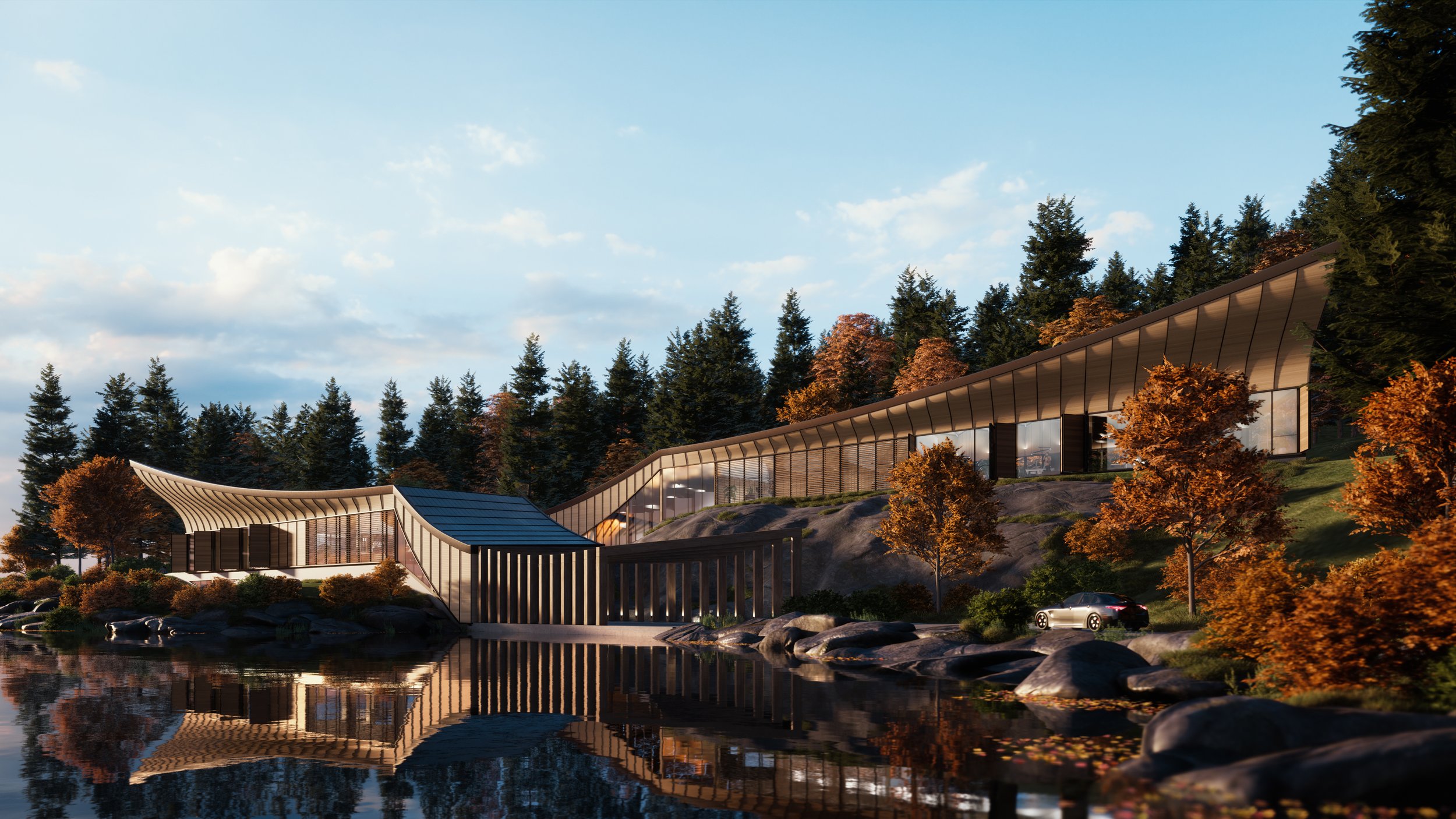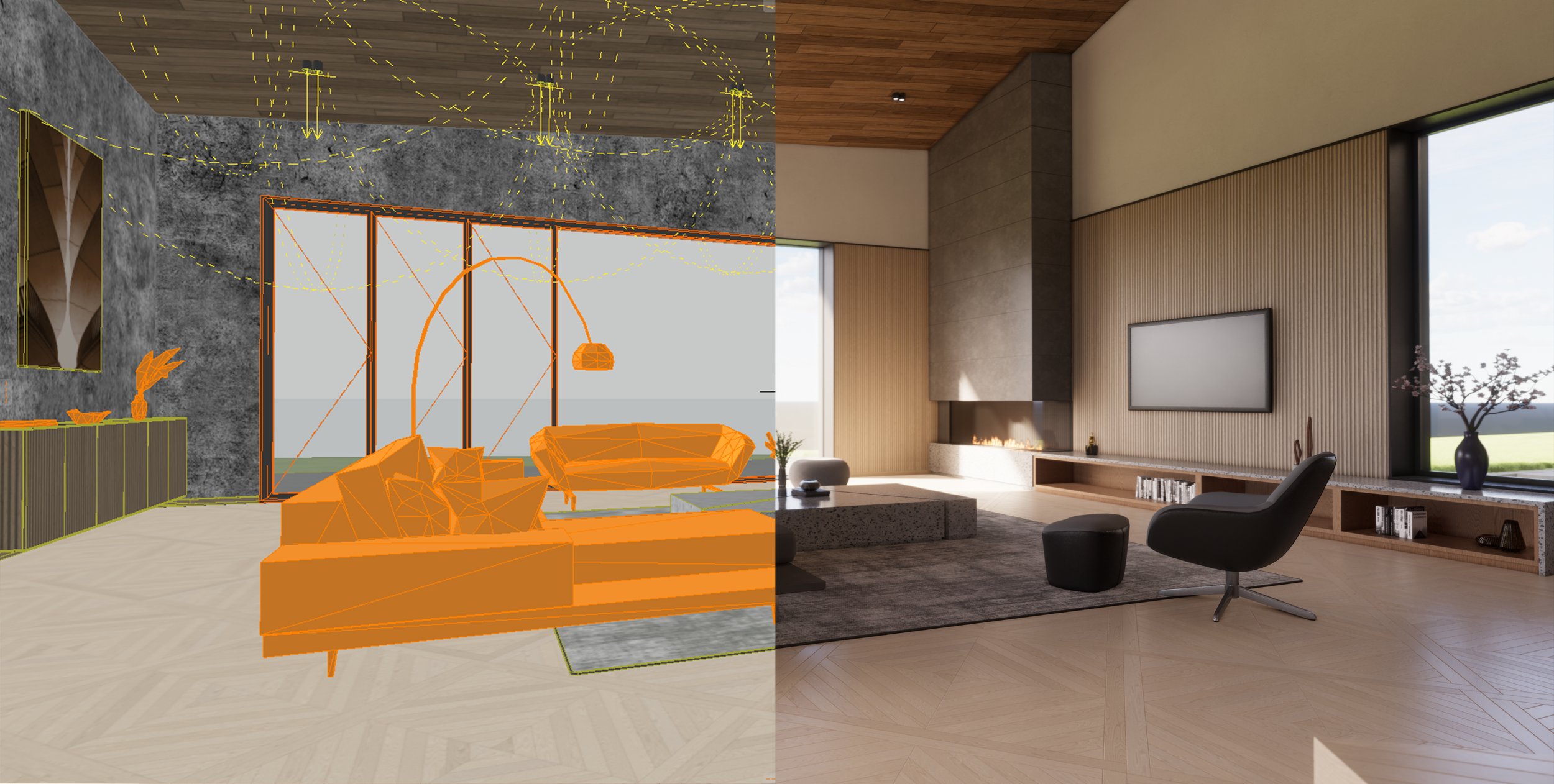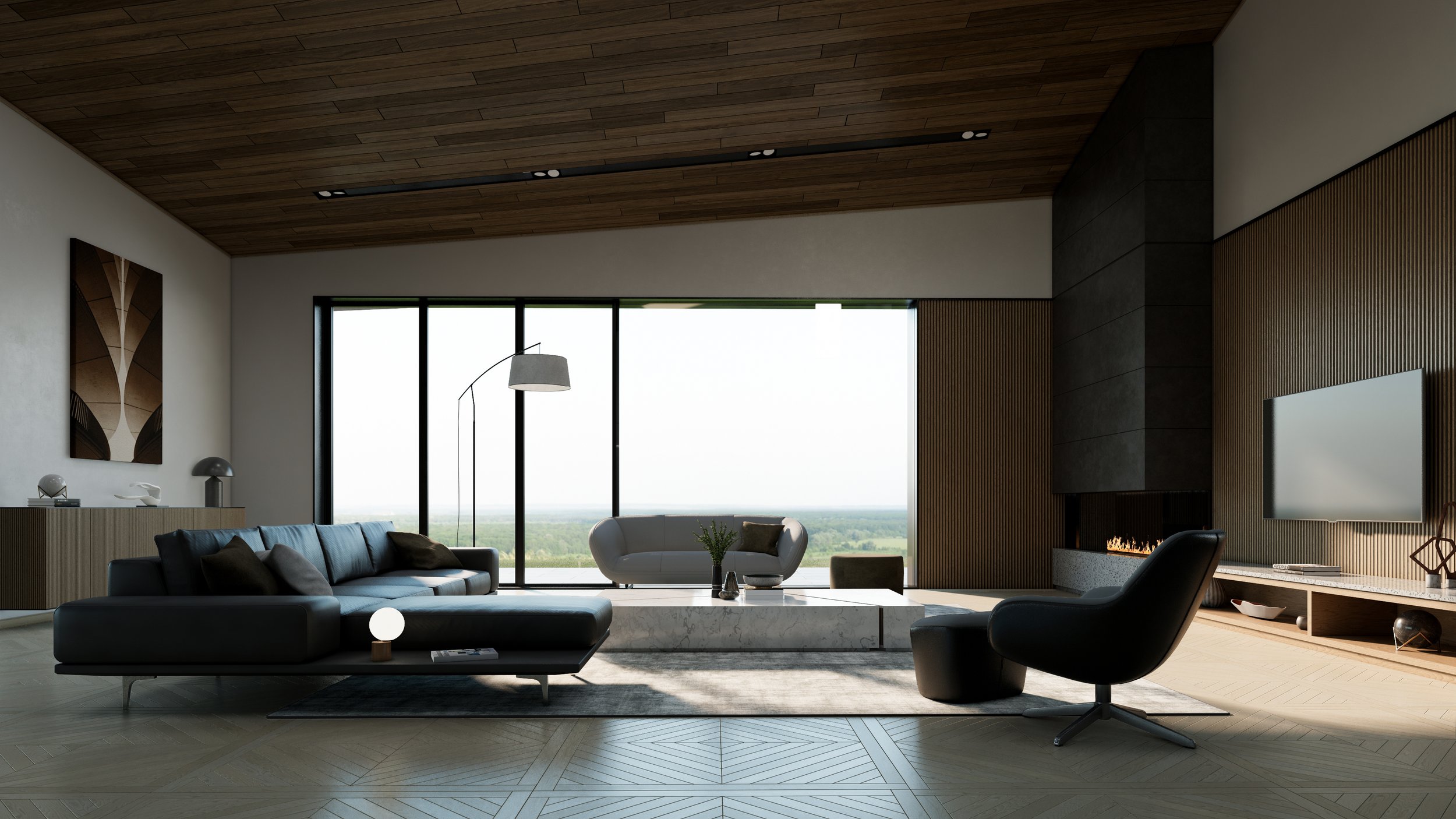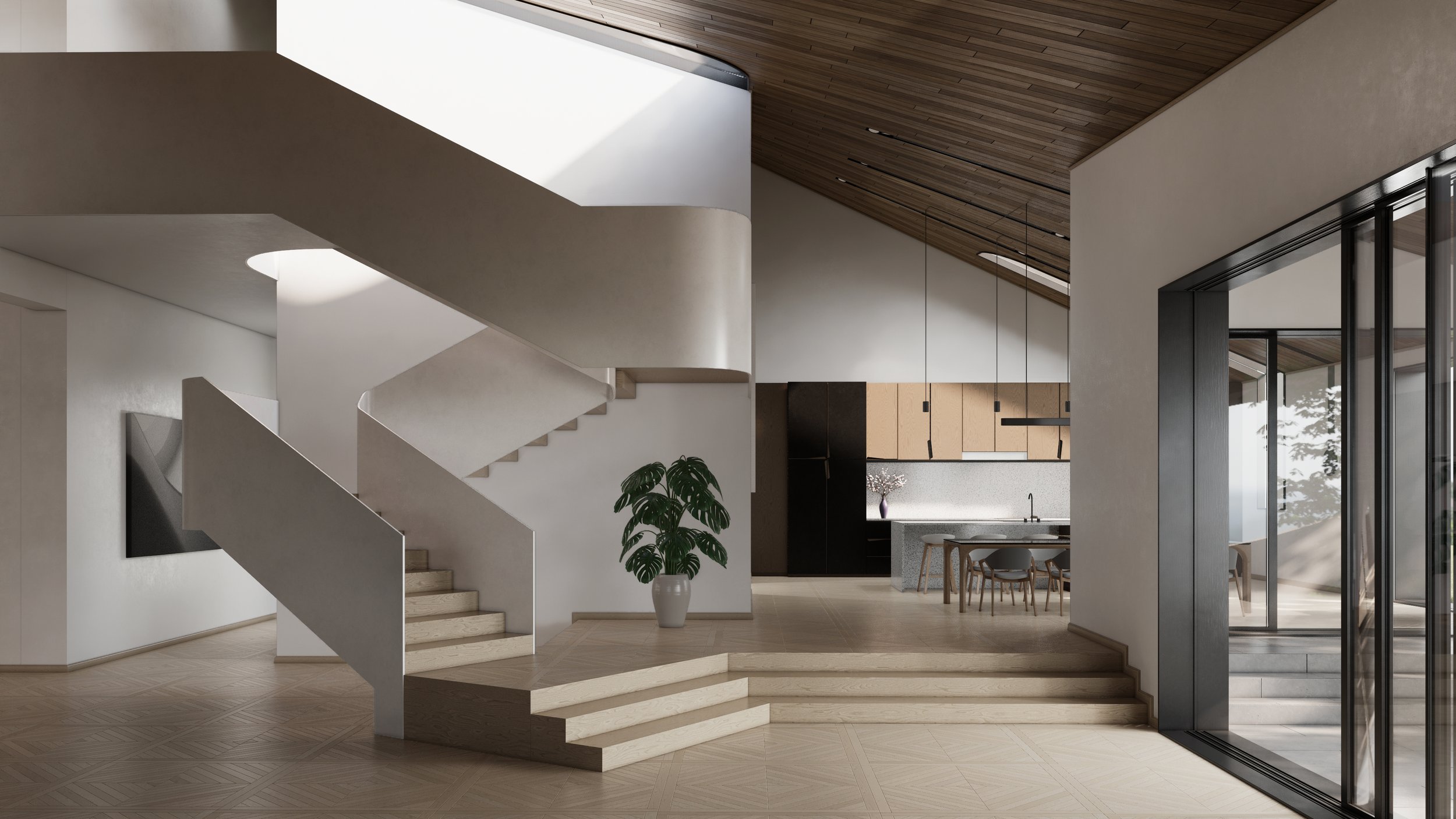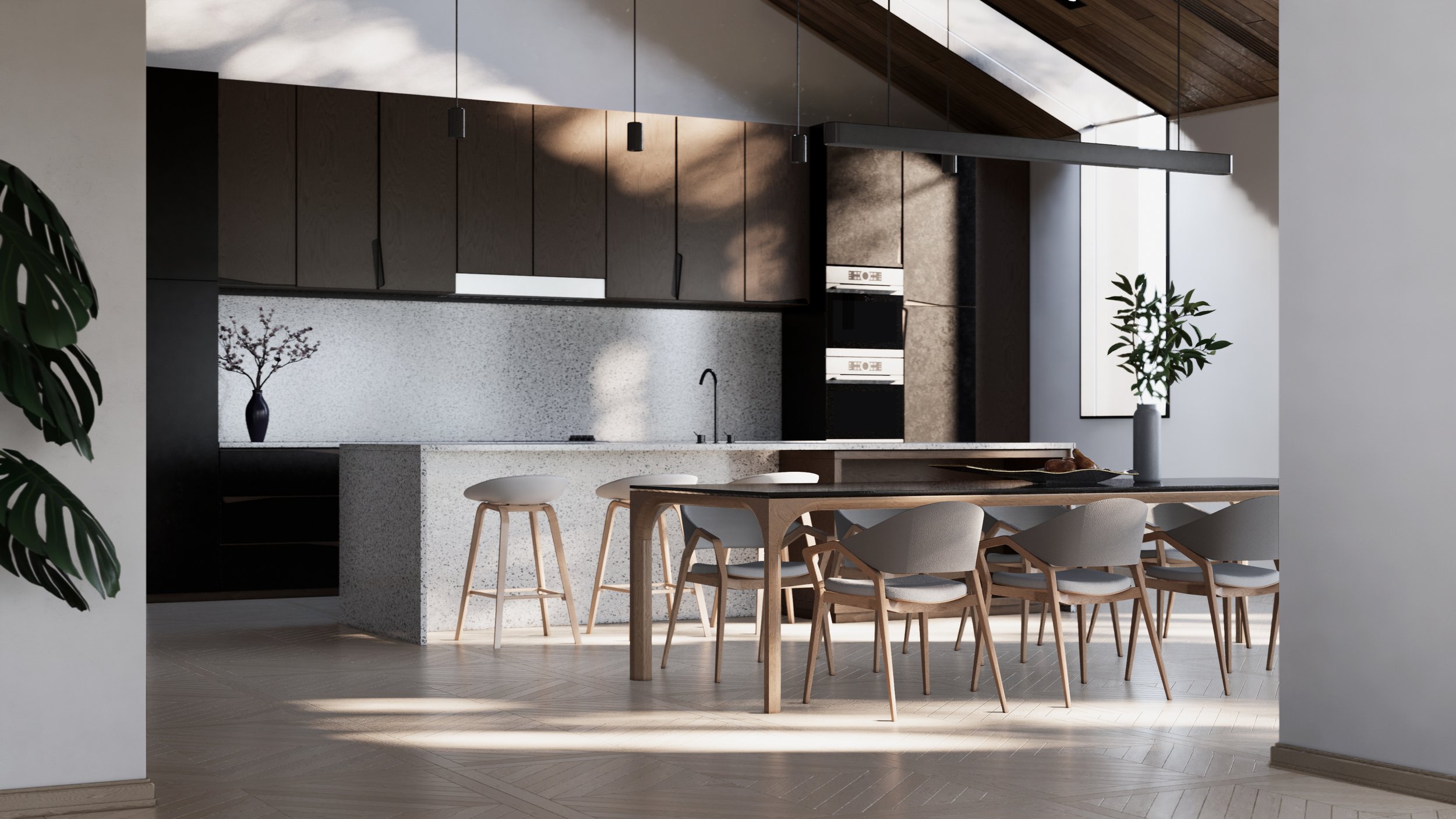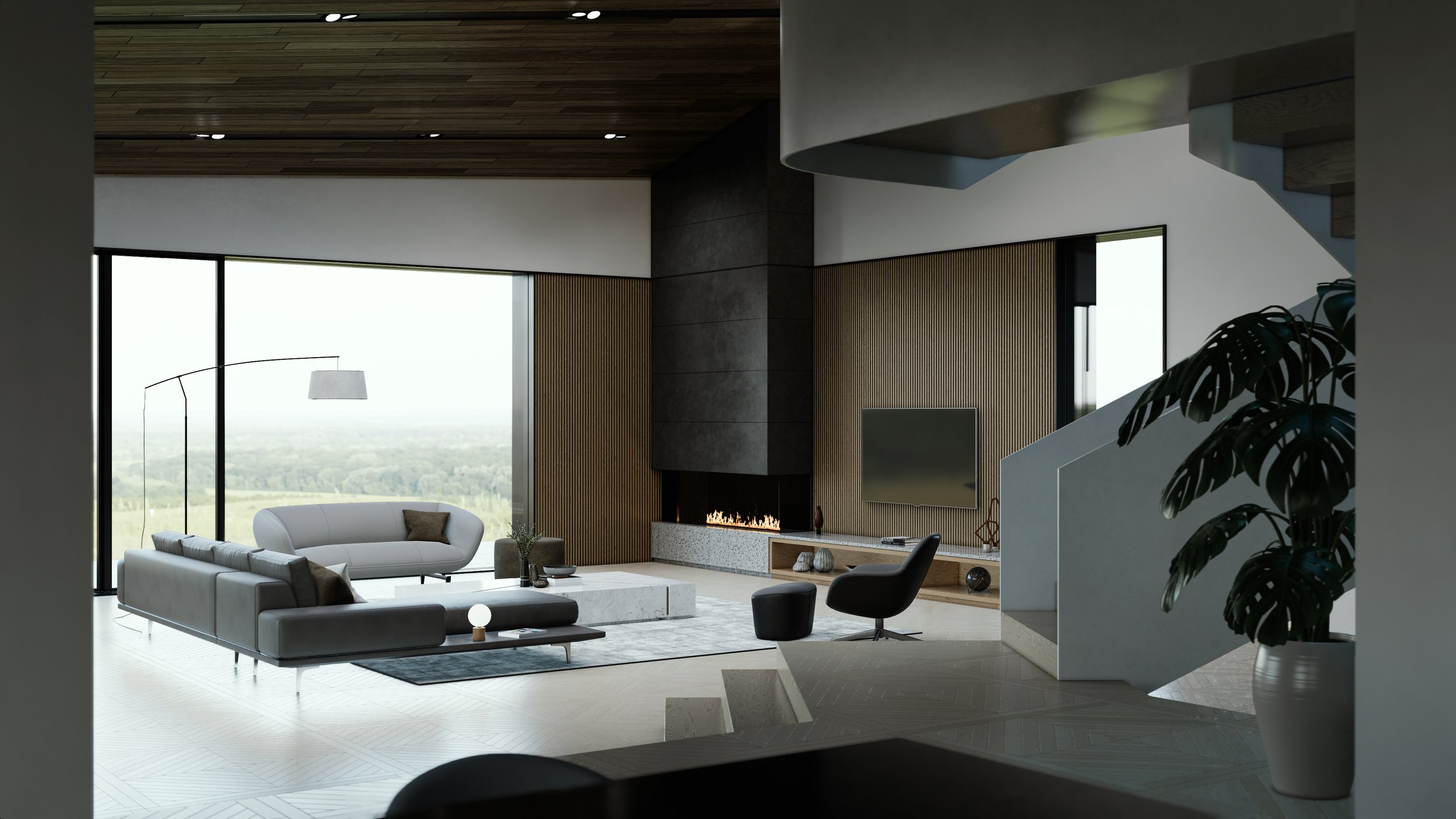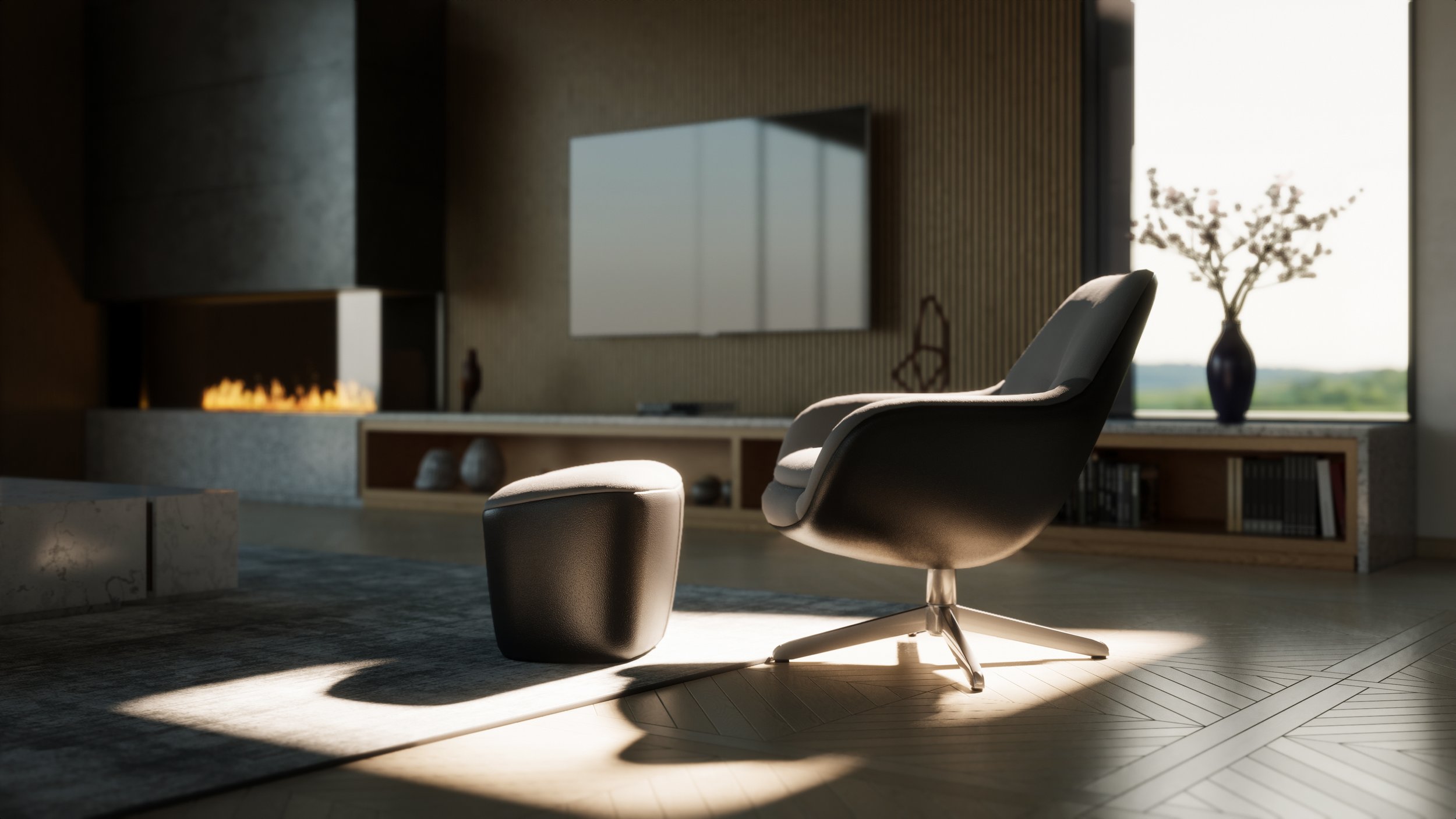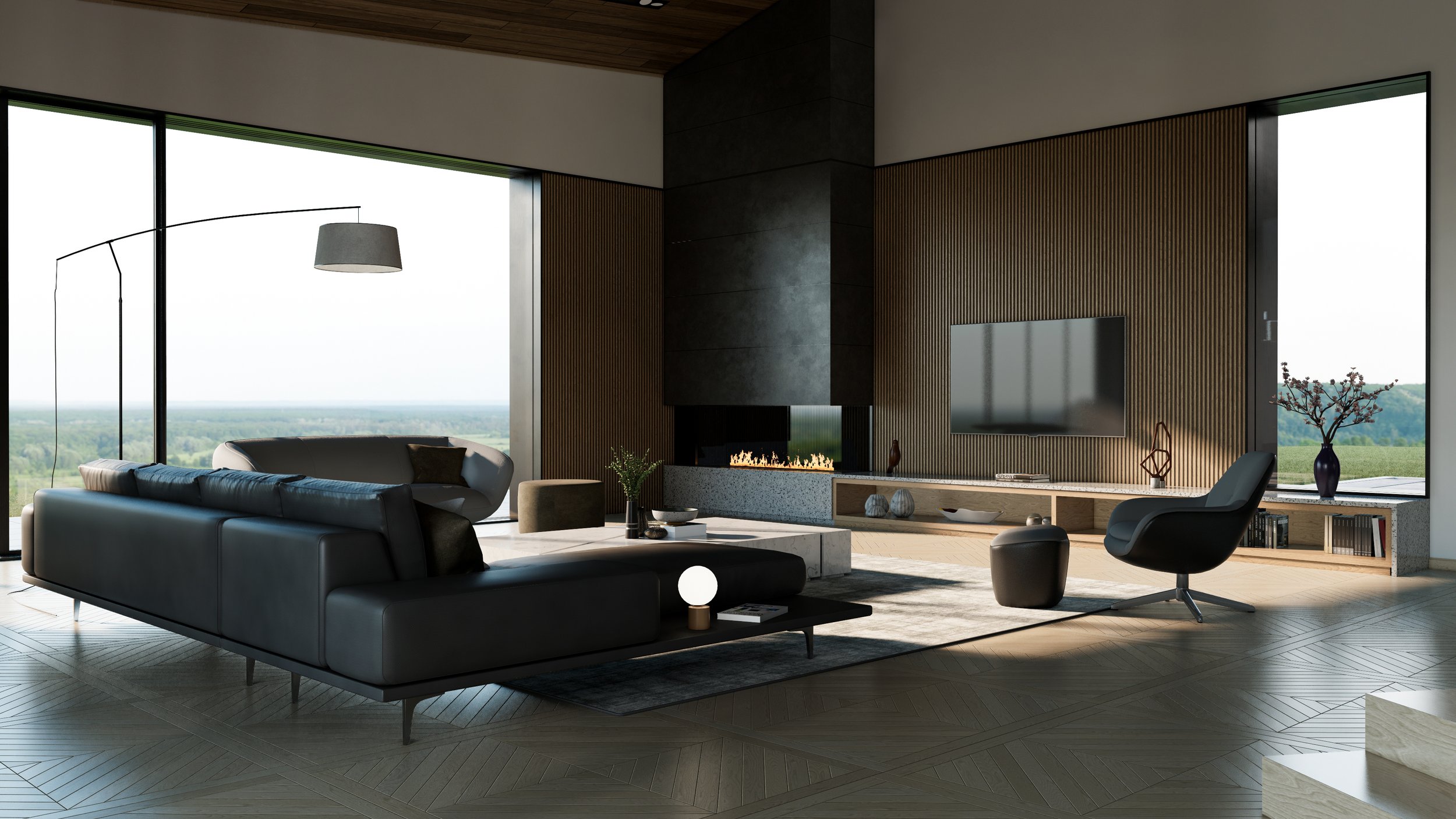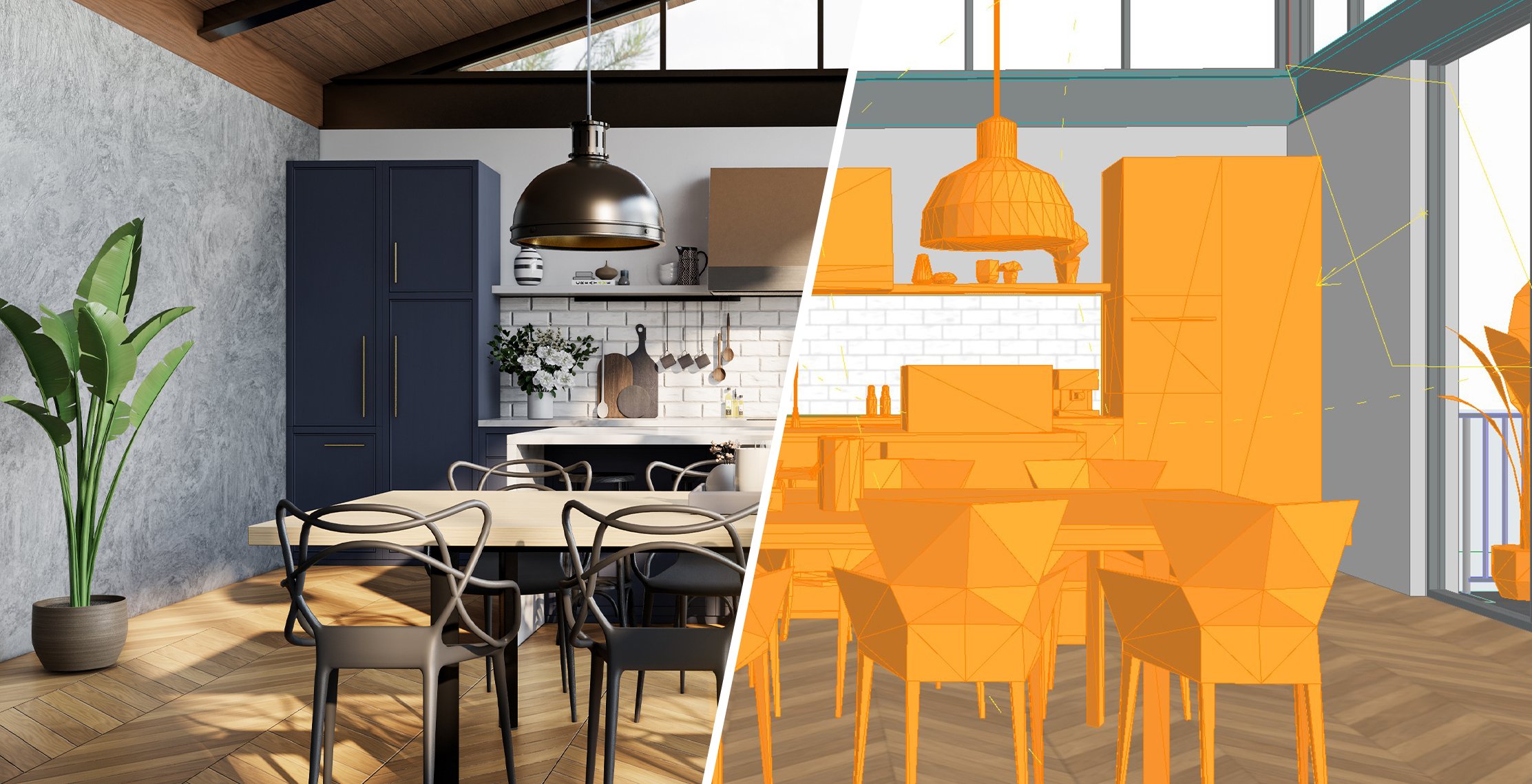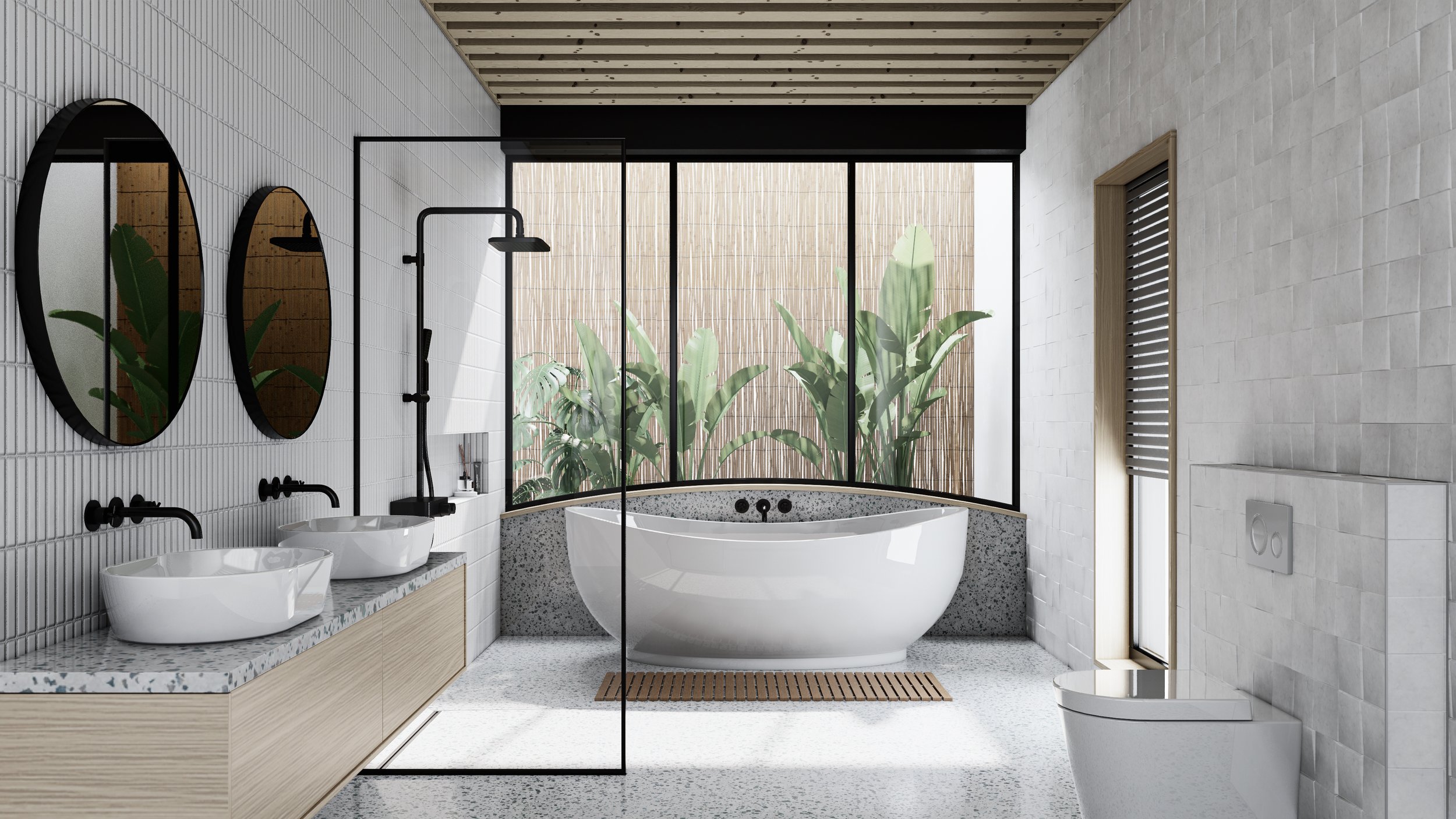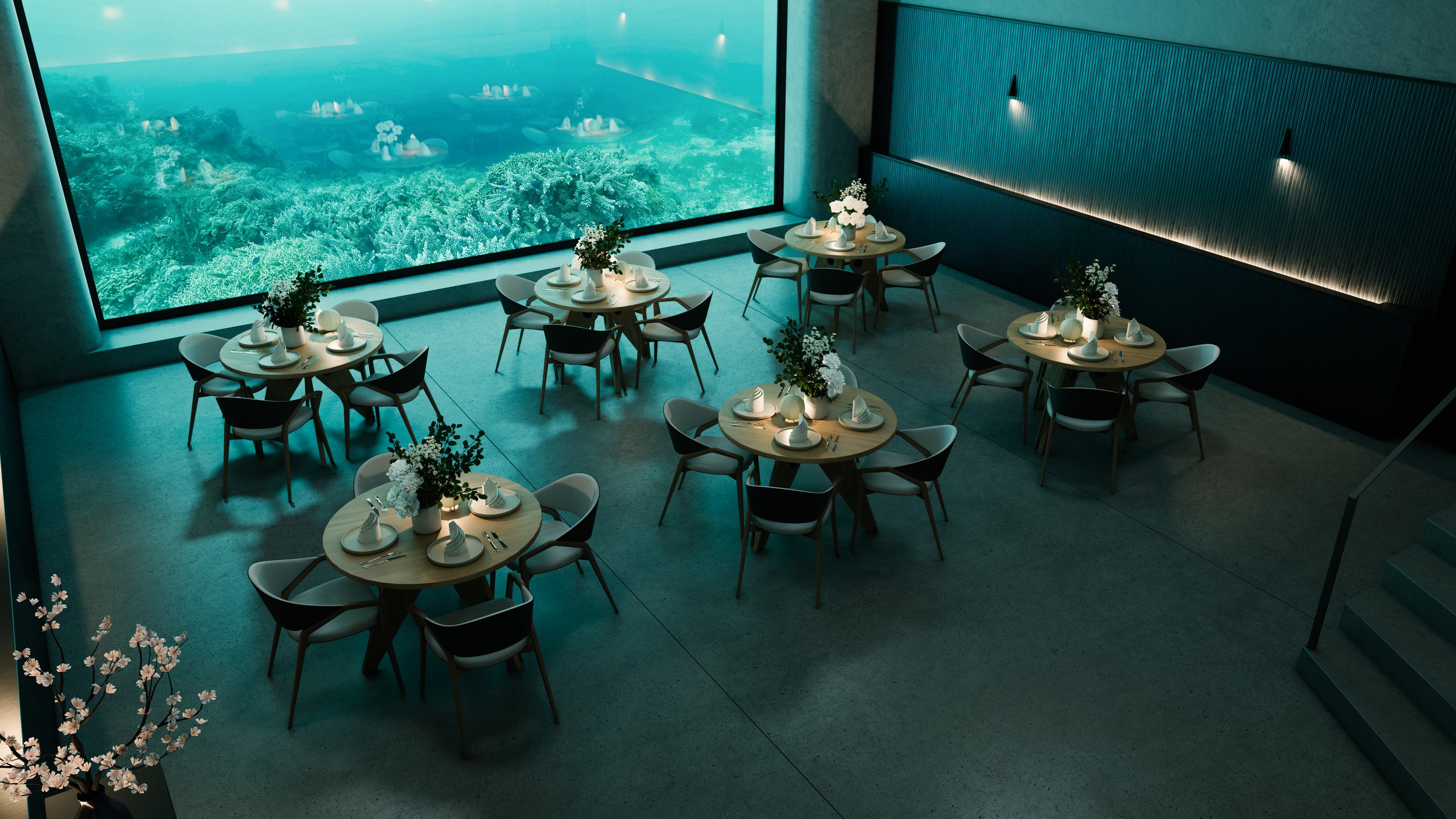#382 - RODERICK BATES, Director of Corporate Development at Chaos Group
SUMMARY
This week David and Marina of FAME Architecture & Design are joined by Roderick Bates, Director of Corporate Development at Chaos Group to discuss his background working in the architecture industry; different use cases for visualization software; A.I., and upcoming features; “The Future of Architectural Visualization” report; and more. Enjoy!
ABOUT RODERICK
Roderick Bates has made a career out of seeking and developing solutions to complex design challenges. As the Director of Corporate Development at Chaos, he is responsible for tracking the industry and market trends shaping the way Chaos customers work, both today and in the future. He collaborates with technology partners, customers, and Chaos product and R&D leaders to assess new product opportunities that will shape future design. Previously, as a Principal at KieranTimberlake, he led the efforts to develop and commercialize software and hardware tools used by the greater AEC community to improve the environmental and operational performance of buildings.
TIMESTAMPS
(00:00) Role at Chaos.
(07:45) Working in the architecture industry.
(18:28) Working with architects.
(24:12) Software and working in 2D vs 3D.
“I always want to respect the fact that within certain industries, they are really good at working off that 2D set. If you're old school and you want to do things in 2D for documentation, hey, knock your socks off. But if you want to communicate to the client, you're going to have to think of a different methodology. And how can we get them access to visualization that is intuitive and can easily be shared with all stakeholders?” (27:10)
(36:28) The “Architectural Visualization Report”.
“Real-time rendering is simply not really used from late DD on and I think there's a huge missed opportunity there because like I was saying before, it's about communication. And as you get in these later phases of design, having good communication is absolutely key. Whether it's trying to communicate with the contractor or the subs to make sure that they understand what something actually is going to look like.” (38:14)
(51:55) The use of A.I. for visualization.
“We want to help them [architects] use that toolset more easily, faster, things like that. So that really is our big push. But at the same time, you need to be mindful… Are these things close enough to what you're getting with some of these automatic pushbutton renders and are close enough good enough? (52:55)
(01:02:28) Real-time rendering uses.
(01:20:41) Future technology and features.
(01:35:11) Favorite building.









